Calhoun County, AL – Be sure to start your 14-day recipe when the weather is at least 75 degrees. Do not start your bales in cold weather. Place the Bales in full sun. Because a straw bale doesn’t have the nitrogen that soil contains, you’ll need to add some. There are multiple options for nitrogen sources, but one of the best is blood meal. You can buy blood meal at your local Farmer’s Co-op or garden center. Sprinkle about three cups over the top of each bale, water it in well, and leave it to soak in. That’s it for day one. For the next two weeks, follow this schedule:
Day 2: Water thoroughly, adding at least 1 gallon of water to each bale.
Day 3: Sprinkle 3 cups of blood meal over each bale and water it in with 1 gallon of water. Once you begin adding your blood meal, don’t overwater, which will force the nutrients out of the bale. You want the bale wet enough to begin to break down, but not so wet that your blood meal runs out the bottom. Day 4: Water
Day 5: Sprinkle 3 cups of blood meal over each bale and water it in with 1 gallon of water.
Day 6: Water
Day 7: Sprinkle 1.5 cups of blood meal over each bale and water it in with 1 gallon of water.
Day 8: Sprinkle 1.5 cups of blood meal over each bale and water it in with 1 gallon of water.
Day 9: Sprinkle 1.5 cups of blood meal over each bale and water it in with 1 gallon of water.
Day 10: Water
Day 11: Water
Day 12: Water
Day 13: Water and add 2 cups of blood meal over each bale.
Day 14: You are ready to plant.
All the nitrogen will make the straw begin composting, which in turn makes a healthy environment for plants. On day 14, you’re ready to plant. Make an opening in the straw and insert seedlings, pressing a peat moss and soil mix around them. If you are planting from seeds, spread a 1 to 2 inch thick layer of potting soil mixed with half sand over the tops of your bales and plant your seeds in that, according to the instructions on the package, or as you normally would plant them. Maintain your bales with water, fertilizer, and insect control as normal. However, bales dry out quickly in the summer heat. I water my bales daily when temperatures are above 85°. I use and grow plants inside my conditioned Bale’s 2 spring seasons. Then I spread these fully composted Bales into my raised beds or landscaped islands. Nothing is wasted.
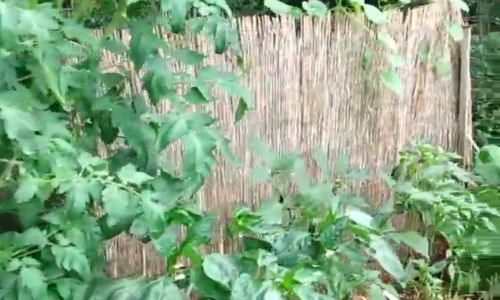
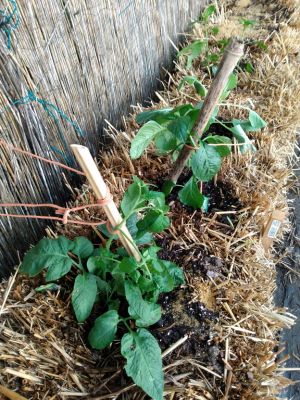
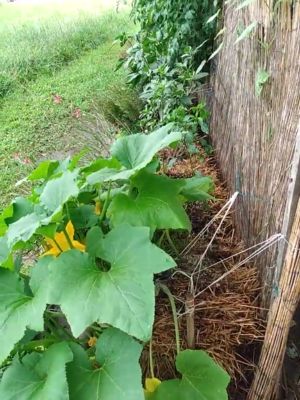
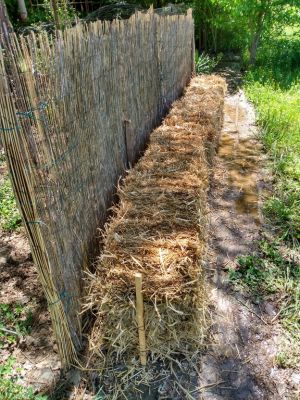
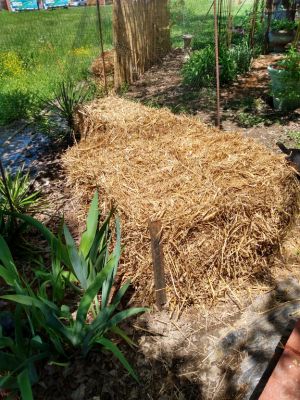
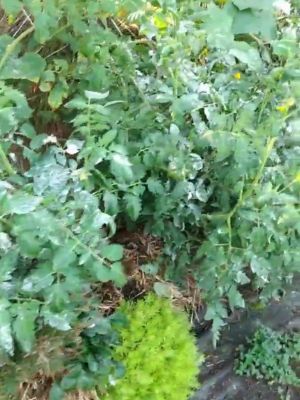
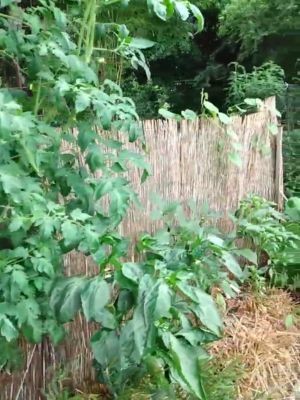
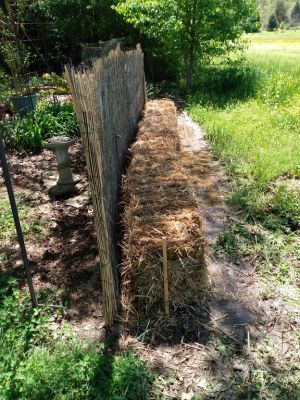
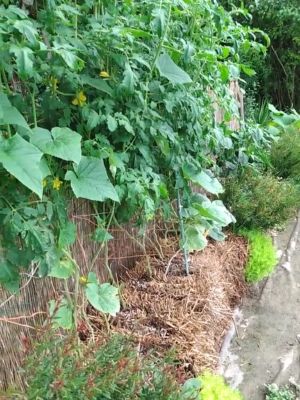
Betty Clark is a contributing writer. She has been an organic gardener since 1998. The signature flower she grows is Dahlias. She has a straw bale garden, a raised bed garden, and an in-ground garden. Both her surnames are from agricultural farming families (8 generations). Her hobbies include ancestry research, antiques, continued education classes, and workshops. She also has a background in marketing & promotions, including expos. To contact Betty Clark with gardening questions: bettyclark2151959@gmail.com








